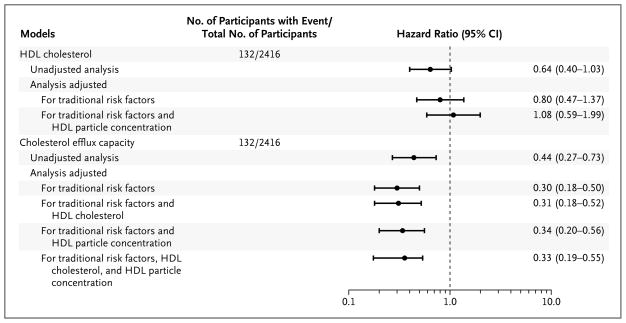Figure 1. Atherosclerotic Cardiovascular Disease Events, According to Models Based on High-Density Lipoprotein (HDL) Cholesterol Level and Cholesterol Efflux Capacity.
Hazard ratios and 95% confidence intervals (CIs), derived from Cox proportional-hazards models, are shown for the comparisons of quartile 4 (highest) with quartile 1 (lowest) of cholesterol efflux capacity. A total of 132 participants had a primary end-point event of atherosclerotic cardiovascular disease, defined as a first nonfatal myocardial infarction, nonfatal stroke, or coronary revascularization (percutaneous coronary intervention or coronary-artery bypass grafting) or death from cardiovascular causes. Traditional risk factors included age, sex, race, presence or absence of diabetes, presence or absence of hypertension, status with regard to current smoking, body-mass index, total cholesterol level, log-transformed triglyceride level, and status with regard to a history of statin use.

